This was my attempt at solving a simple problem and it works. The idea was to have a small device that could last long on batteries and the MSP430 was selected for this very reason. Further analysis of the power consumption as well as the addition of the IR code is still experimental and is done using bit banging.
 Inderpreet Singh
Inderpreet Singh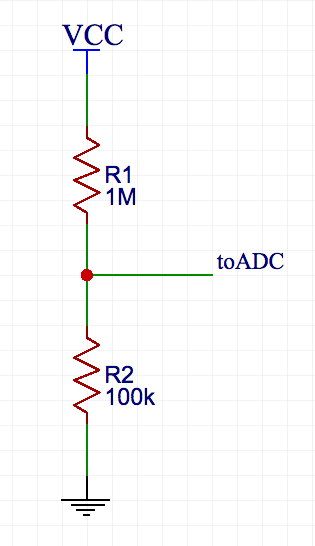
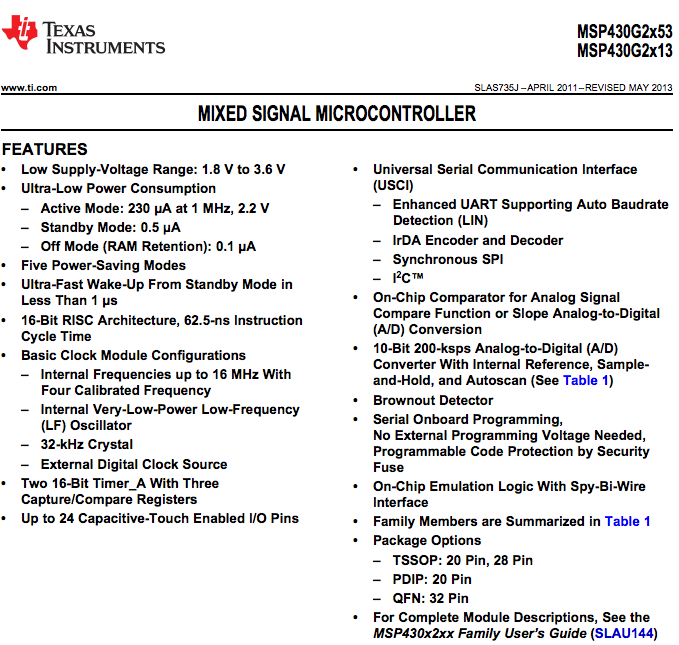
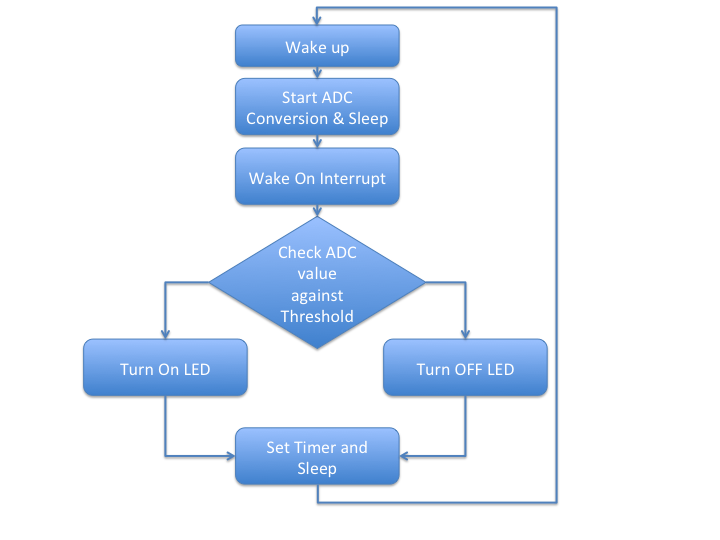
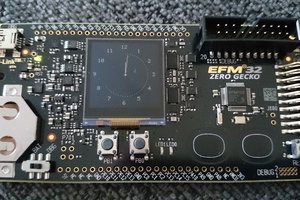
 jacksonliam
jacksonliam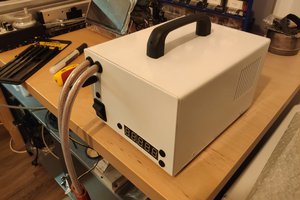
 Andy
Andy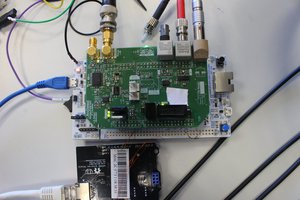
 Xasin
Xasin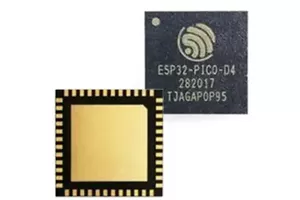
 Josh Lloyd
Josh Lloyd